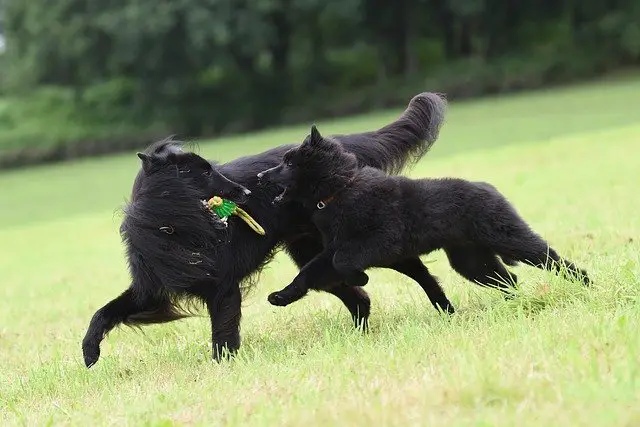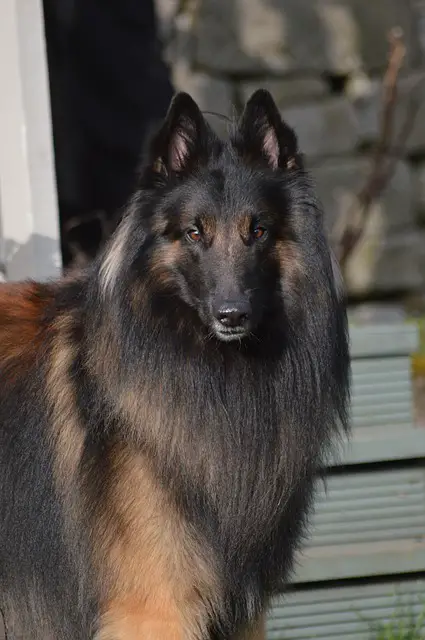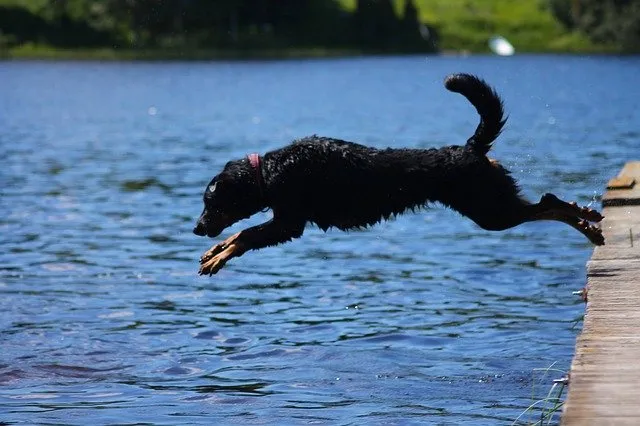The country of Belgium has given us some very interesting contributions that you may not be aware of. The first is pretty obvious and this one you may have guessed; is the Belgian waffle.
Yum! This waffle was first introduced in the United States in Seattle at the Century 21 Exposition in 1962 and served with strawberries and whipped cream.
They were next found at the New York World’s Fair in 1964 but were originally called the “Brussels” waffle.
Another Yummy food from Belgium is French fries and they aren’t even French at all! They were introduced in Belgium during WWI and named “French” fries by the Allied soldiers because the people that served them spoke French.
The saxophone was invented by Adolphe Sax in Belgium and unfortunately, when he died at the end of the 19th century, this instrument was not at all popular. Too bad he never got to hear Jazz!
Last, but certainly not least, we have the Belgian Tervuren, who originated in Tervuren, Belgium, and could be found in the USA in 1953, known then as the Belgian shepherd. By 1959, this breed was recognized as the Belgian Tervuren.
The Belgian Tervuren is a very intelligent, energetic, and active breed and you may be considering getting one of these all-around great dogs.
Because they are well endowed with a gorgeous coat, you may have the question, do Belgian Tervuren shed?
This post will answer that question and contain information on the Belgian Tervuren shedding season and how to control shedding.

For your dog’s vitamin supplement, food, toys, or other dogs product please visit the Health Extension website.
Do Belgian Tervuren Shed?
The Belgian Tervuren, having quite a thick coat is a moderate shedder all year long. This breed has a double-thick coat with an undercoat that is dense for insulation and a close-fitted long overcoat, which is waterproof.
They do have shorter hair on their legs, round ears, and on their head. There is also some extra fur around their neck that appears like a collar and is often called a “collarette.” This “collar” is more pronounced on the male than the female.
The Tervuren will shed somewhat all year but they will also have a Belgian Tervuren shedding season twice a year. At this time they will shed their entire undercoat but the process will take two to four weeks.
They will shed their undercoat in the fall to make way for their warmer winter coat and again in the spring for their cooler summer coat.
The biggest majority of fur will be shed in spring when losing its heavier winter coat. This time can also vary between males and females because females will also shed after each heat cycle.
If you are not planning on breeding your Belgian female, spaying would remedy this situation because there would be no heat cycles. They would just “blow” their coat in spring and fall.
To check your Belgian Tervuren’s health status or their DNA, please visit the Embark vet website for all the help you may need.

Tips For Belgian Tervuren Shedding
Shedding does not have to cause you sleepless nights. Yes, you will have fur to clean up but if someone in your house is allergic to dogs, being diligent by cleaning up fur will be extremely important.
People that are allergic to dogs are not really allergic to the fur, it is the dander that causes allergies. Dander is dead skin flakes that shed and come along for a ride with the fur.
This can cause all of those “fun” allergy symptoms like sneezing, itchy, watery eyes, runny nose, and sometimes even hives. Below are some tips to keep the fur to a minimum in your house.
Brushing
Brushing your Belgian Tervuren at least once or twice a week for regular maintenance in off-shedding seasons should be enough to keep fur at bay.
Using a slicker brush will keep hair soft and untangled. You do want to keep up with brushing because the Tervuren has long hair and fur will tangle and become matted, especially behind the ears.
During shedding or “coat blow” season, you will need to step up your game a bit to perhaps every other day or even every day.
I know this sounds like a lot of brushing, but spending a small amount of time each day beats spending an hour or two once a week and trying to get a brush through matted fur. An undercoat rake is a perfect tool for removing loose, dead hair.
Try to brush outside, if possible, to cut down on the loose hair blowing around your home. Finish up with a damp towel or dog wipes that will smooth away any leftover fur and keep the coat shiny.
Don’t forget to vacuum your home often and even daily during shedding season, ridding your carpets and furniture of loose fur.
Bathing
Bathe your Belgian when they are dirty but also bathe during shedding season. This will help loosen dead fur and speed up the shedding process.
Don’t over bathe as this will dry out your pup’s skin and cause rashes, itching, and perhaps a skin issue that will cause unnecessary shedding.
Use a gentle shampoo for dogs and one that is healthy for their skin and coat. There are plenty to choose from. Also available are detanglers that will make it much easier to comb through your Belgian coat.
Finish up by blow-drying on a low heat setting only and brush through afterward to remove any excess loose fur.

Professional Groomer
If you would rather opt to use a professional groomer, they can do all of the above procedures without a mess in your bathroom. They can also clean ears and cut nails and also trim up any areas that require some extra TLC like matted spots.
Diet
Because a healthy coat and skin begin on the inside, make sure your pup is provided with a portion of high-quality dog food. Many cheaper dog foods contain mostly fillers like grains and corn, which have no nutritional value and can actually cause allergies and even weight gain.
Protein-rich, better-quality dog food with “real” ingredients is a better choice to keep your Tervuren’s skin and coat in tip-top shape as well as their overall health.
If your pup is having skin issues, you can either feed them food containing Omega-3 which is an excellent supplement for their skin and coat.
Mixing flaxseed oil or olive oil with their food can also provide Omega-3 as well as feed them Omega-3-rich fish such as tuna or salmon.
Sliced cucumbers, apples, and bananas contain moisture and are great for an occasional treat that will keep your Belgian hydrated.
While on the subject of hydration, make sure that your pup always has plenty of clean fresh water. This is great for the hydration of their body and will give their skin the necessary moisture.
Health Issues
Sometimes shedding can become an even bigger problem when it seems continual, even causing fur to fall out in clumps and creating bald spots.
This can be a sign of a health condition such as allergies, fleas, parasites, or hypothyroidism to name a few.
If your pup’s shedding seems uncontrollable and fur looks unhealthy and lackluster, please check this out with your veterinarian.
The tips above are there to help with your Belgian Tervuren’s shedding. Shedding is a normal process that gets rid of dead or damaged hair.
Be consistent with grooming your pup, especially during Belgian Tervuren shedding season, and this way it won’t get out of control. By all means, if shedding seems constant, seek advice from your veterinarian.